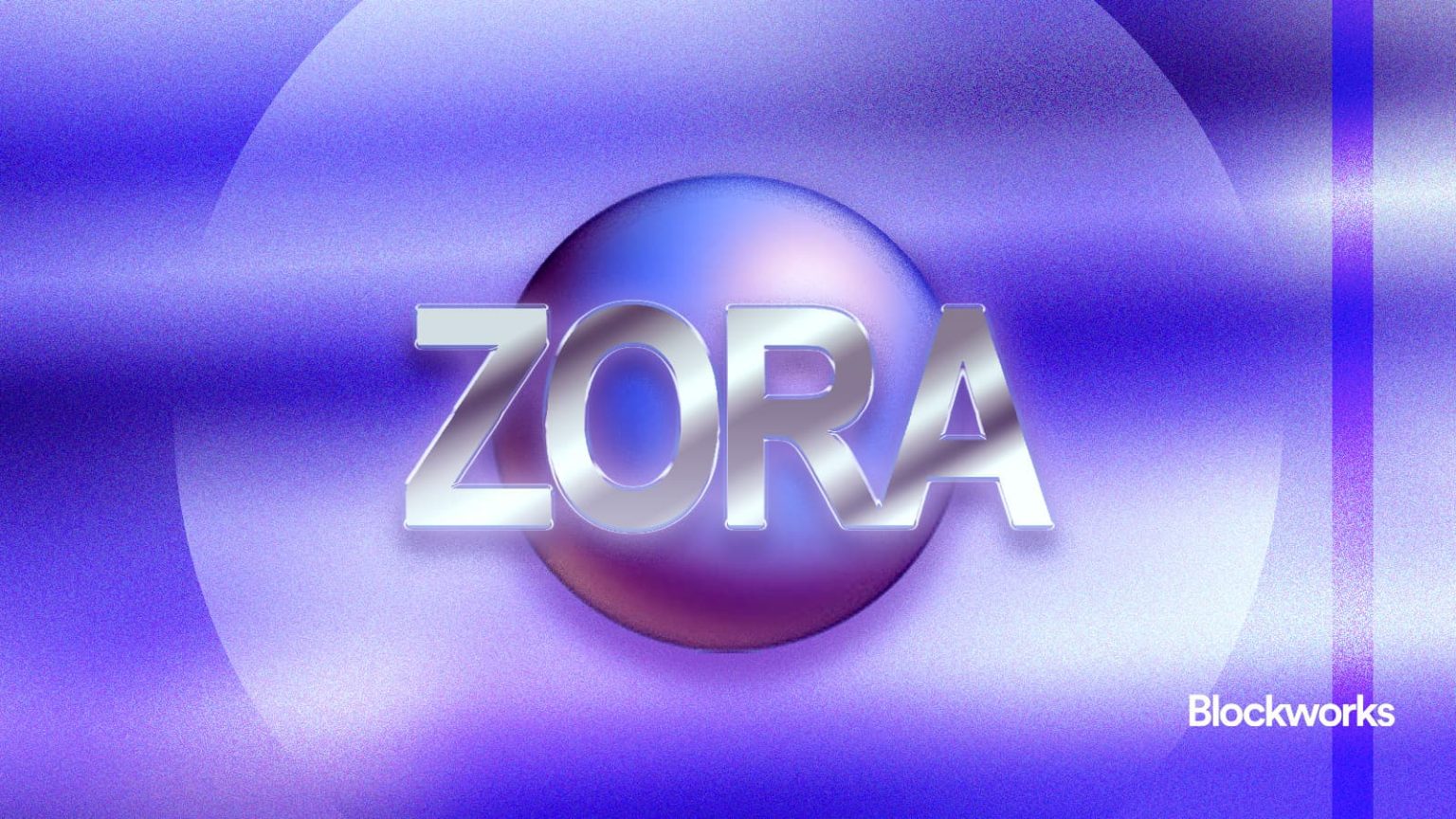This analysis is based on information from the 0xResearch newsletter subscription.
The Zora protocol recently experienced renewed market interest. Following a previous high of 20-25k daily tokens created in April, the entry of a “for fun only” token saw rapid value destruction, with daily token creation plummeting to below 5k. Trading volumes have now surged, reaching near-record levels.
ZORA token trading was up by 227% for the week, with its mobile application also climbing the iOS App Store charts. Yesterday alone, nearly 40,000 tokens were minted, marking the protocol’s highest daily issuance rate to date. Between 15-50% of these tokens originated from Base App.
The Economics of Zora
Zora’s operational model blends social networking with tokenized content trading.
Upon publishing content (tokenized as an ERC-20 token with a 1 billion supply) on the platform, creators receive an initial allotment (typically 10 million tokens). This token represents both the post and facilitates associated trading.
Secondary revenue arises from creator tokens (“Creator Coins”). These tokens mirror traditional social media profiles linked to accounts on Zora, using the username as the ticker symbol and boasting a one billion token supply.
Beneath the surface:
- Half the Creator Coin supply (500 million tokens) vests linearly over five years, providing long-term compensation.
- The other 50% is immediately tradable, incentivizing performance.
The Two-Pronged Creator Revenue Model
Creators benefit from two primary income streams:
- Earning a 1% trading fee on secondary sales of their tokenized publications.
- Seeing their Creator Coin’s market capitalization expand as user engagement grows, potentially unlocking higher yields on their vesting tokens.
Most trading activity ($33 million volume yesterday) originates from Creator Coins.
Innovator vs. Entrepreneurial Creator Economies
The economic potential for tokenized creation appears substantial. Consider JACOB, the Creator Coin tied to co-founder Jacob Horne. With a $6.2 million market cap, a linear vesting schedule (~274k tokens per day) translates to roughly $3,400 daily value realization pre-adjustment for market cap. This contrasts sharply with traditional creators, whose typical microtransaction and sponsorship rates range between $100 and $500 per post.
Pump.fun’s Platform Rival: Social Tokens
While Zora draws comparisons to pump.fun due to its tokenized speculative trading mechanics, its distinctiveness lies in integrating this engine into its native social environment.
The core economic proposition—creator-controlled tokenization and dual revenue generation—is presented as superior to traditional social media platforms. However, the analysis concludes, without genuine organic adoption to build a robust social graph (“the hardest problem of them all”), Zora’s current momentum may be unsustainable.











